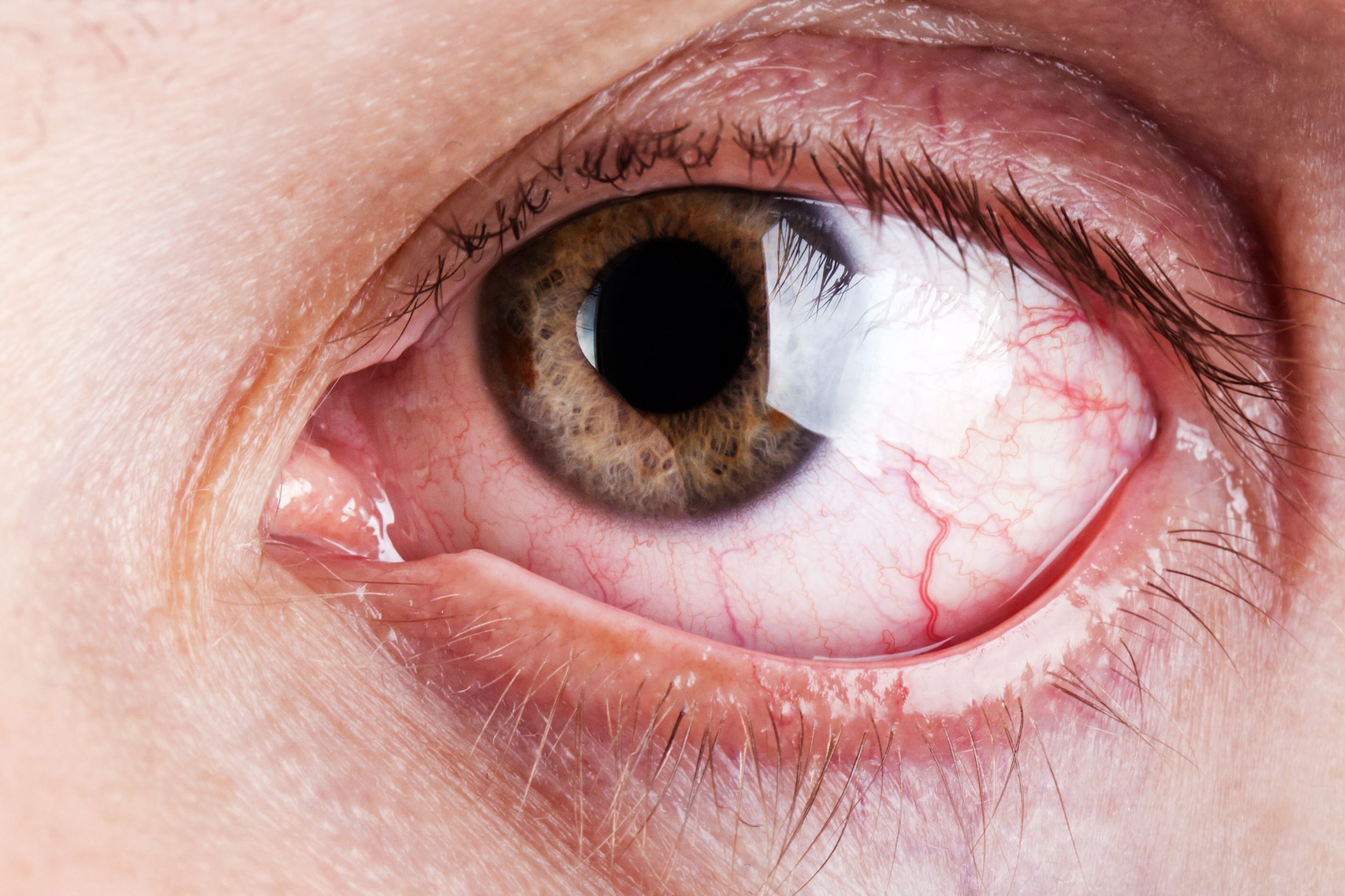News
Article
Study Reveals Link Between Ovarian Cancer, Subsequent Dry Eye Disease Incidence
Author(s):
Patients diagnosed with ovarian cancer (OC), particularly those older than 60 years or with a disease duration exceeding 5 years, had a higher incidence of subsequent dry eye disease (DED), suggesting a potential correlation between OC and DED.
A higher incidence of subsequent dry eye disease (DED) was found in patients diagnosed with ovarian cancer (OC), especially in those older than 60 years or with a disease interval greater than 5 years, according to a study published in Life.1
Among previous studies on the pathophysiology of OC, some have identified oxidative stress as a crucial mechanism for OC development; they observed higher reactive oxygen species in patients with OC.2 Past studies have also reported several conditions associated with OC, including type 2 diabetes (T2D)3 and obesity.4
One condition not mentioned was DED, which the researchers defined as an ocular surface disease characterized by loss of tear film homeostasis and an increase of both oxidative stress and inflammation1; DED is associated with diseases like T2D and rheumatic arthritis.5
Limited research has been done to explore the relationship between DED and OC.1 However, the researchers explained that there may be a correlation between them since higher oxidative stress is present in both patients with DED and those with OC. Consequently, they conducted a study to evaluate the potential correlation between the development of DED in patients with OC.
Patient with dry eye disease (DED) | Image Credit: ia_64 - stock.adobe.com

To do so, the researchers analyzed female patients in Taiwan’s National Health Insurance Research Database (NHIRD), which has the medical consultation documents of its 23 million residents from January 1, 2000, to December 31, 2020. They used the Taiwan Longitudinal Health Insurance Database (LHID) 2000, which is a subdatabase of NHIRD that contains about 2 million people who were randomly drafted from the NHIRD using automated software; the databases contain the same patient information.
The study’s primary outcome was DED development, which was based on several factors, including a diagnosis using the corresponding International Classification of Diseases, Ninth Revision (ICD-9) or ICD, Tenth Revision (ICD-10) diagnostic codes. They evaluated the primary outcome by tracking patients until they developed DED, were discarded from the national health insurance program, or through the deadline of NHIRD/LHID 2000 (December 31, 2020).
The researchers used various factors to confirm which patients in the LHID 2000 had OC, including having corresponding ICD-9 plus ICD-10 diagnostic codes and completing a pelvic exam before the day of OC diagnosis. Conversely, they excluded patients for numerous reasons, including being diagnosed with OC before 2001 or after 2019 and being diagnosed with DED before the index date.
For comparison, the researchers age-matched 1 patient with OC (n = 4992) to 4 patients without OC (the control group; n = 19,968). They explained that they did a 1:4 match to reduce bias from low patient numbers.
Because of the matching process, the age distributions between the 2 groups were not significantly different (standard mean difference [SMD] = .002); the level of urbanization was also similar (SMD = .007). In terms of comorbidities, the distributions of ischemic heart disease, blepharitis/meibomian gland dysfunction, and T2D were significantly higher in the OC group (all SMD > .1). However, the rest of the comorbidities, including rheumatoid arthritis and hypertension, showed similar distribution between the 2 groups (all SMD > .1).
The researchers found 542 and 2502 DED episodes in the OC group and the control group, respectively. After adjusting for several confounders, they determined that the OC group demonstrated a significantly higher incidence of DED development (adjusted HR [aHR], 1.10; 95% CI, 1.01-1.21; P = .040).
Also, in the subgroup analysis stratified by age, the patients with OC younger than 60 years did not show higher DED incidence than the control group (both P > .05). Conversely, the patients with OC older than 60 years had a higher DED incidence vs those without OC (aHR, 1.19; 95% CI, 1.08-1.28; P = .011).
Additionally, those with OC with a disease duration longer than 5 years showed a higher chance of developing DED than those without OC (aHR, 1.13; 95% CI, 1.04-1.22; P = .027). Patients with OC with a disease duration of less than 5 years showed similar rates of DED occurrences to those without OC (both P > .05).
The researchers acknowledged their limitations, one being that both the NHIRD and LHID 2000 only preserved the codes for diagnosis, examination, procedure, and medication prescription. Therefore, some crucial information, like comorbidity severity and OC treatment response, cannot be accessed with enough accuracy. Also, the study only analyzed Taiwanese patients, so its findings may not be generalizable to other populations. Despite these limitations, the researchers expressed confidence in their findings, using them to suggest areas for further research.
“Consequently, the routine ophthalmic examination for the OC patients older than 60 years or diagnosed for more than 5 years could be recommended,” the authors concluded. “A further large-scale prospective study to reveal whether the presence of OC would influence the therapeutic outcome of DED is necessary.”
References
1. Lee CY, Yang SF, Chang YL, Huang JY, Chang CK. The association between ovarian cancer and the incidence of newly developed dry eye disease: a nationwide population-based study. Life (Basel). 2024;14(4):530. doi:10.3390/life14040530
2. Ding DN, Xie LZ, Shen Y, et al. Insights into the role of oxidative stress in ovarian cancer. Oxid Med Cell Longev. 2021;2021:8388258. doi:10.1155/2021/8388258
3. Slavchev S, Kornovski Y, Yordanov A, Ivanova Y, Kostov S, Slavcheva S. Survival in advanced epithelial ovarian cancer associated with cardiovascular comorbidities and type 2 diabetes mellitus. Current Oncology. 2021; 28(5):3668-3682. doi:10.3390/curroncol28050313
4. La Vecchia C. Ovarian cancer: epidemiology and risk factors. Eur J Cancer Prev. 2017;26(1):55-62. doi:10.1097/CEJ.0000000000000217
5. Rouen PA, White ML. Dry eye disease: prevalence, assessment, and management. Home Healthc Now. 2018;36(2):74-83. doi:10.1097/NHH.0000000000000652




